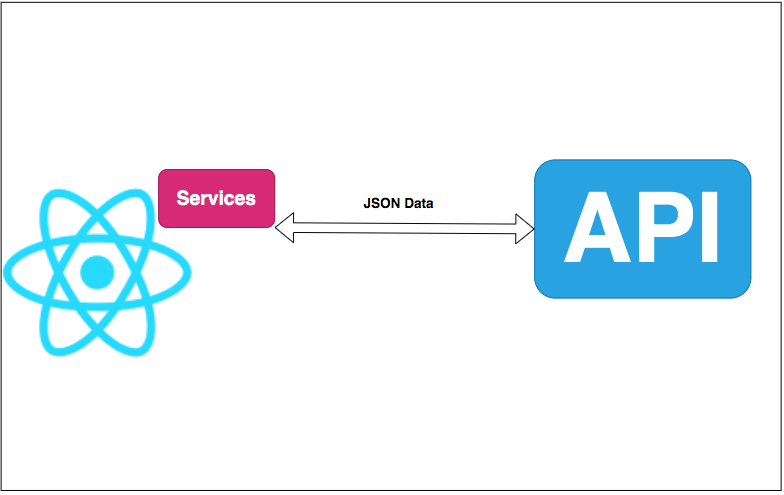Building a ReactJS web app with API integration involves several steps. Here’s a concise guide to help you get started:
Step 1: Set Up Your Development Environment
- Install Node.js: Download and install Node.js from the official website.
- Create React App: Use
create-react-appto set up your project:npx create-react-app my-react-app cd my-react-app
Step 2: Plan Your App Structure
- Design Component Hierarchy: Plan the components you’ll need and their relationships.
- Define State and Data Flow: Determine how data will flow through the app.
Step 3: Build Components and UI
- Create Components: Start building your app’s UI components.
- Styling: Use CSS, CSS frameworks like Bootstrap, or libraries like styled-components for styling.
Step 4: Set Up API Integration
- Fetch Data: Use
fetchor libraries likeaxiosto make API requests.// Example using fetch fetch('https://api.example.com/data') .then(response => response.json()) .then(data => { // Handle the fetched data }) .catch(error => { // Handle errors });
Step 5: Manage State
- State Management: Use React’s
useStateor a state management library like Redux or Context API to manage state. - Update UI based on Data: Update your components based on the data received from API calls.
Step 6: Routing (Optional)
- React Router: Implement routing using React Router to manage different views or pages in your app.
// Example using React Router import { BrowserRouter as Router, Route, Switch } from 'react-router-dom';
Step 7: Testing and Debugging
- Unit Testing: Write tests for your components using tools like Jest and React Testing Library.
- Debugging: Use browser dev tools and tools like React DevTools for debugging.
Step 8: Deployment
- Build your App: Create a production build using
npm run build. - Choose Hosting: Deploy your app on platforms like Netlify, Vercel, or AWS Amplify.
Additional Tips:
- Keep Components Small and Reusable: Aim for reusable components to maintain a scalable codebase.
- Handle Errors and Loading States: Account for error handling and loading states when fetching data from APIs.
- Follow Best Practices: Utilize React best practices, clean code principles, and accessibility standards.
Remember, this guide provides a basic roadmap. Depending on your app’s complexity, you might need to delve deeper into each step. Also, always refer to the React documentation and community resources for detailed information and updates.
